1. Design and Planning
This initial stage involves sketching designs, selecting materials, and planning the construction process, considering both aesthetic appeal and functionality.
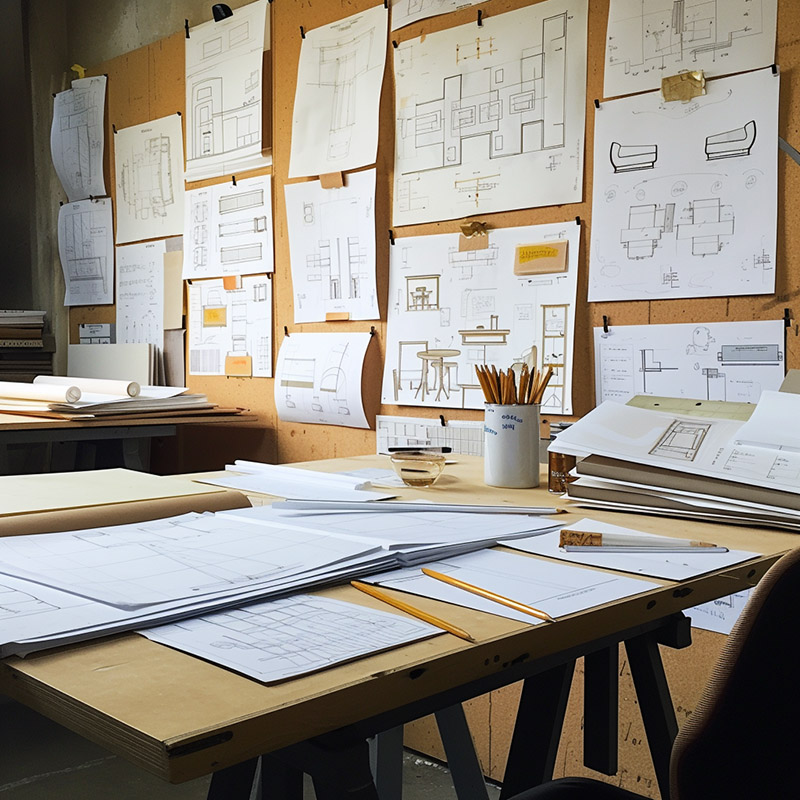
2. Material Selection
Choosing the right materials—such as different types of wood, metal, glass, or fabrics—is crucial for the durability, appearance, and cost of the furniture.
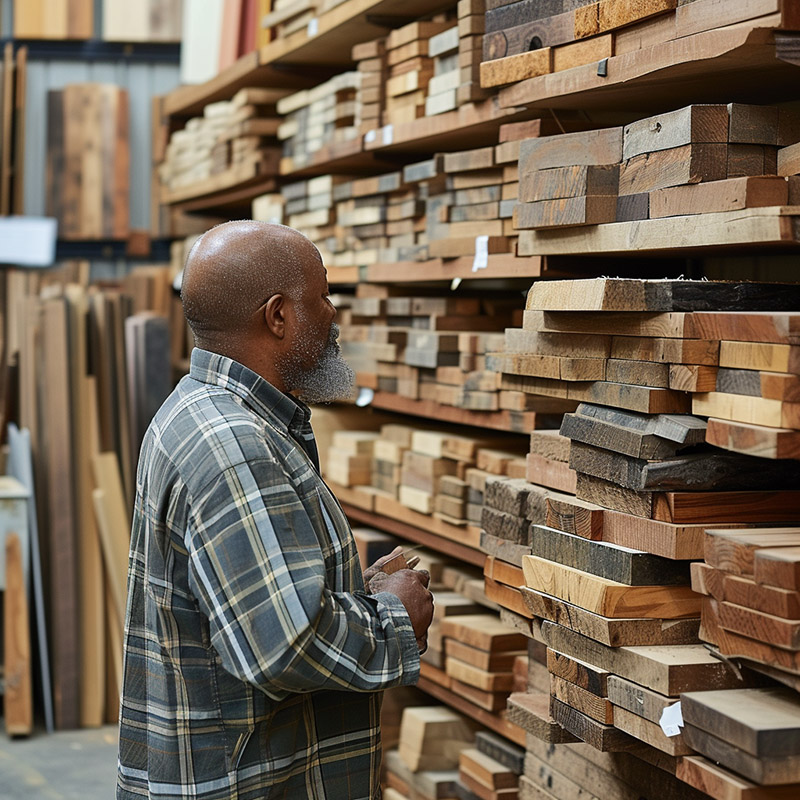
3. Woodworking and Joinery
Techniques like dovetailing, mortise-and-tenon, and others are used to assemble pieces of wood in a way that ensures strength and durability.
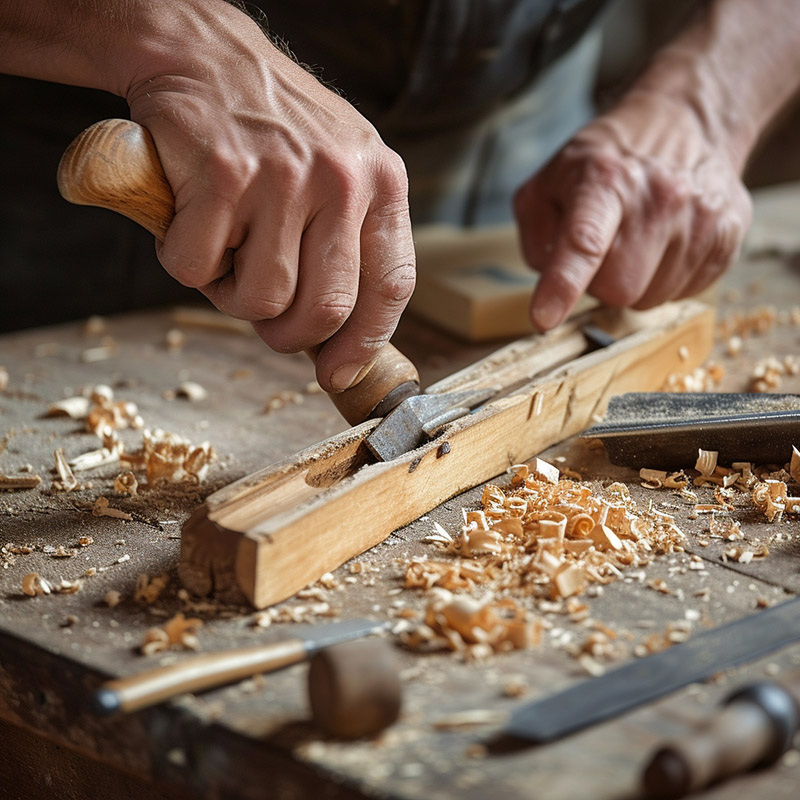
4. Cutting and Shaping
Precision cutting of materials to exact dimensions is essential, followed by shaping components using tools like saws, chisels, and planes.
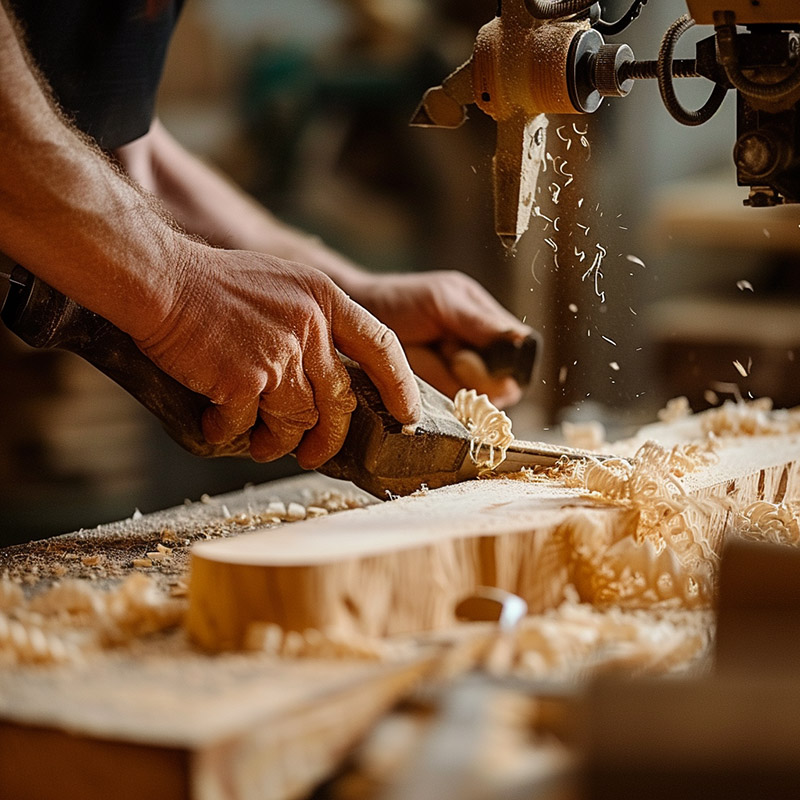
5. Sanding and Finishing
Sanding smooths the surface of the wood, preparing it for finishing with stains, varnishes, or paints that protect the wood and enhance its natural beauty.
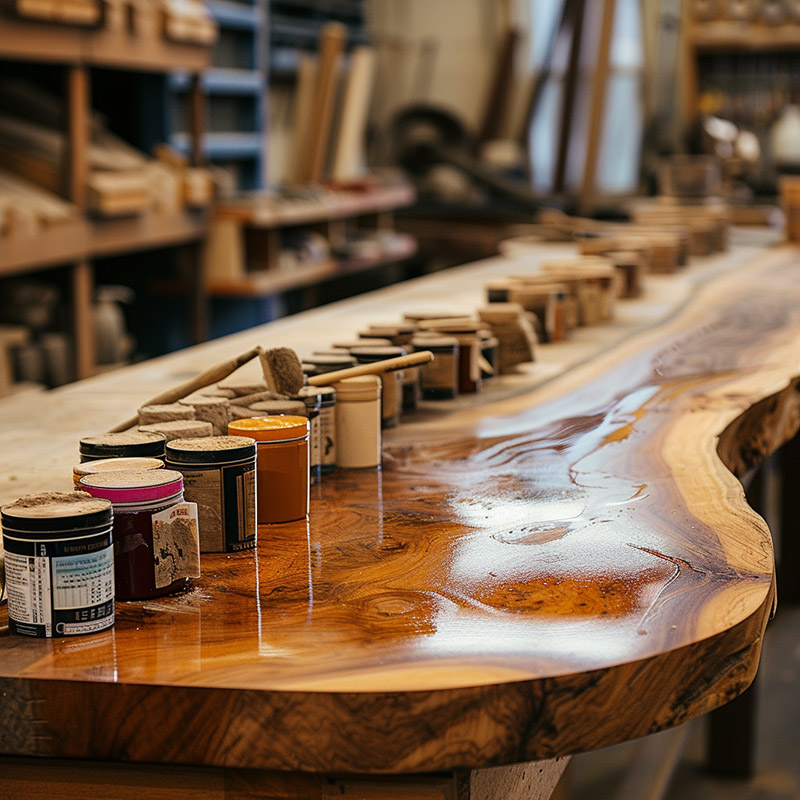
6. Upholstery
For furniture pieces like sofas and chairs, upholstery involves fitting, stapling, or sewing fabric or leather onto frames, often over padding or cushioning for comfort.
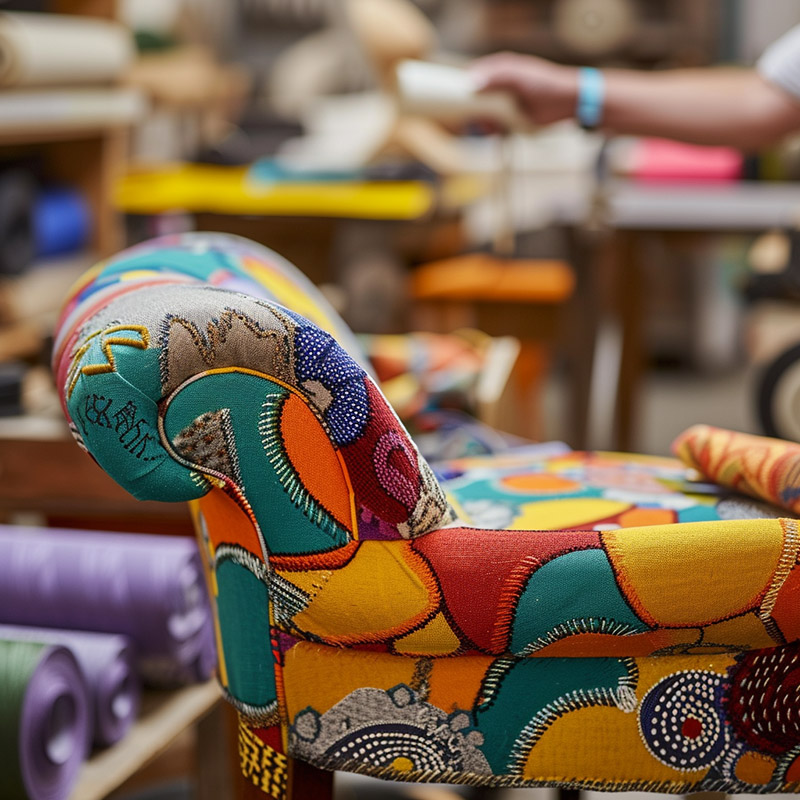
7. Hardware Installation
Adding hardware—such as hinges, handles, and drawer slides—requires precision to ensure that moving parts function smoothly.
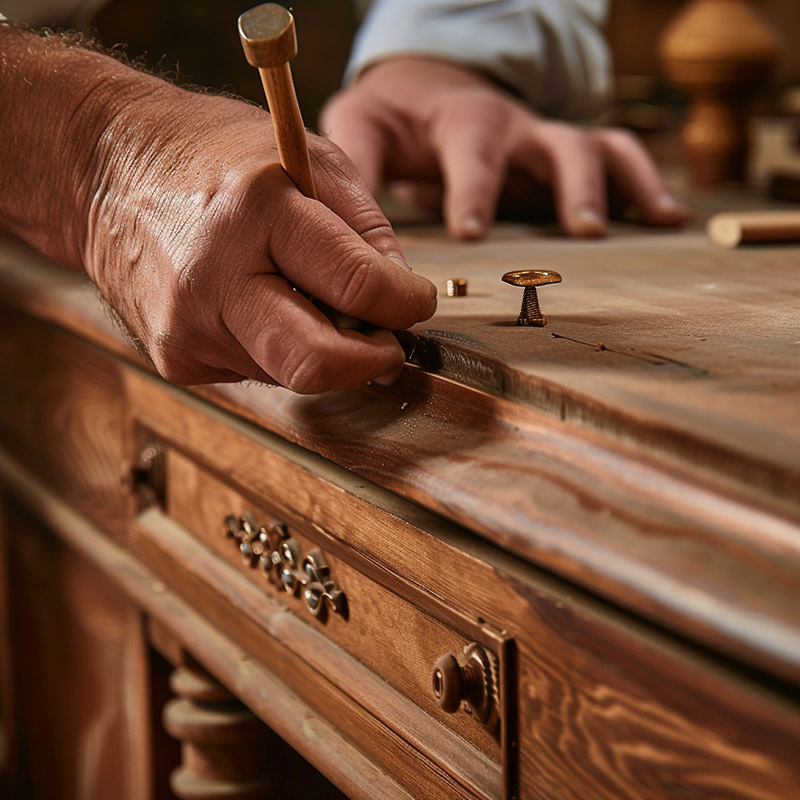
8. Quality Control
Throughout the manufacturing process, each piece undergoes quality checks to ensure it meets design specifications and quality standards.
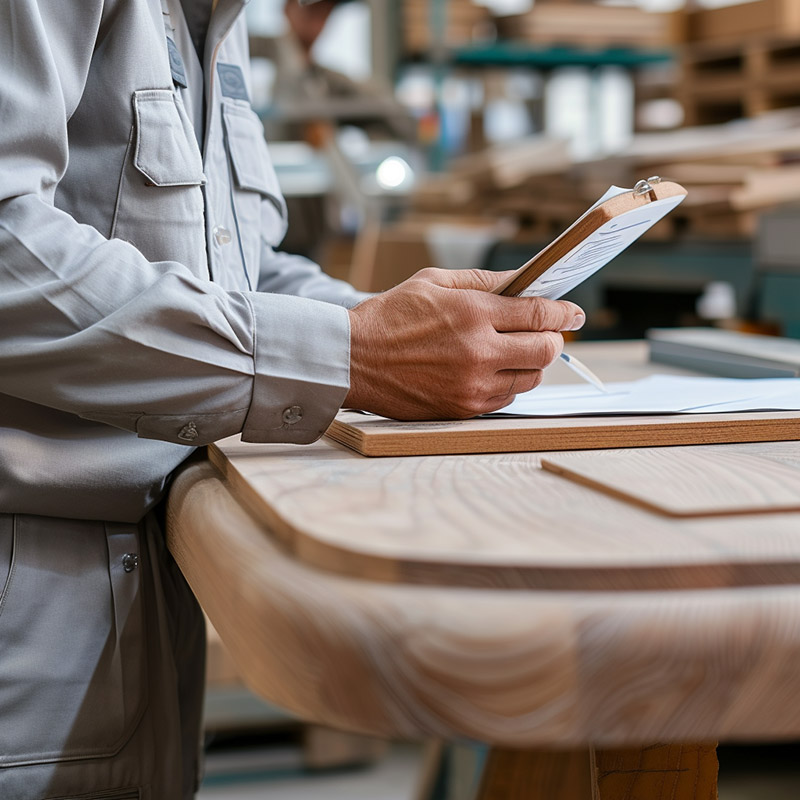
9. Assembly
Larger furniture pieces may be assembled in stages or require final assembly after transportation to their destination.
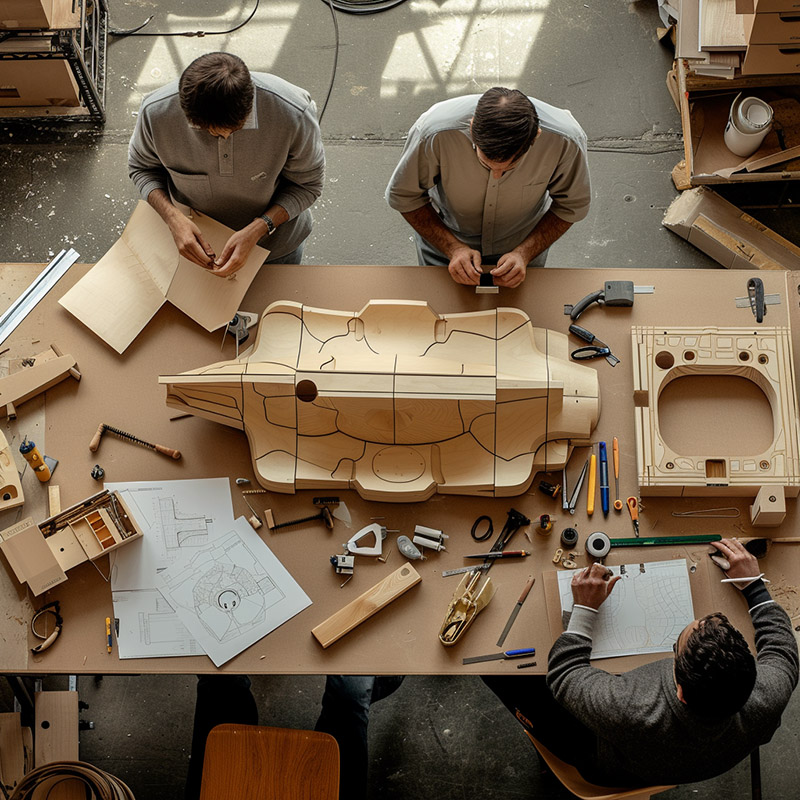
10. Sustainability Practices
More furniture makers are adopting sustainable practices, including using eco-friendly materials, minimizing waste, and ensuring the longevity of their products.
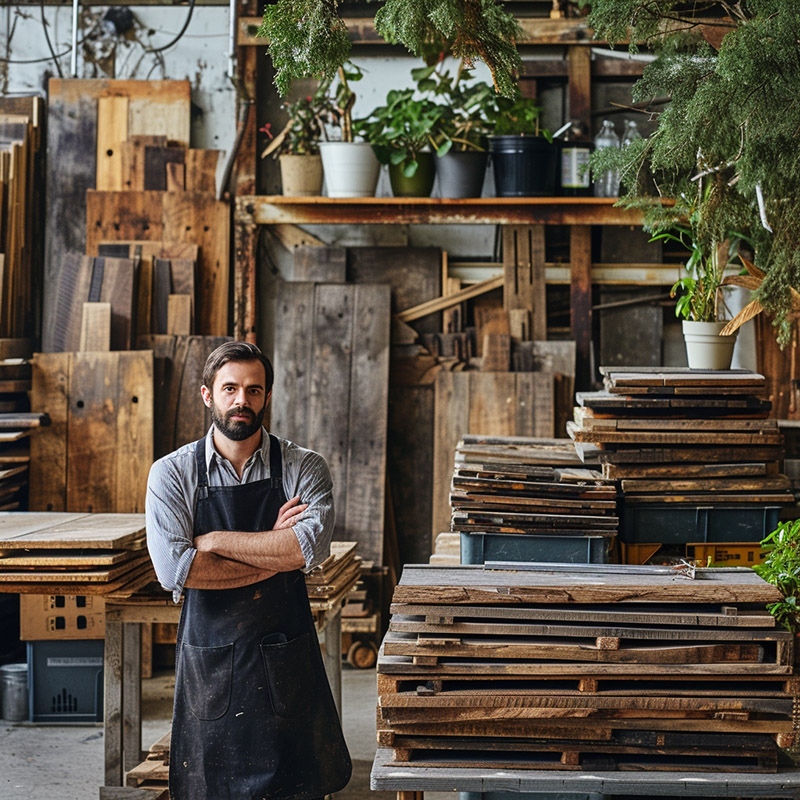
The Construction of an Intricate 18th-Century French Marquetry Table
The Getty's popular "Making of" series continues with The Making of Furniture, opening at the Getty on October 7, 2003. The installation looks at the design and craftsmanship involved in the production of an 18th-century French marquetry table, intricately inlaid with elaborate floral patterns and framed with gilt bronze mounts. The Making of Furniture evokes the workshop of an 18th-century Parisian furniture maker, revealing the beauty and precision of his art.
"Our furniture making collection is a great favorite with Getty visitors," says Deborah Gribbon, director of the J. Paul Getty Museum and vice president of the J. Paul Getty Trust. "Yet the complex techniques used to make them are often unfamiliar to a modern audience. It's not unusual for marquetry to be mistaken initially for painted decoration, although in reality the intricate designs are made up of inlaid wood of many colors. This installation, by focusing on the crafting of just one extraordinary table, will explain how these amazing pieces were created. Visitors will see all the components and gain an understanding of how they were worked into a highly complex piece of furniture." The small and elegant French writing table, dated about 1754 (during the reign of Louis XV) and created by Jean-François Oeben (1721-1763), is part of the Getty’s permanent collection. Made of oak with gilt bronze mounts, it is notable for its highly detailed floral and trellised marquetry pattern, made up of multicolored inlaid woods, including kingwood, tulipwood, amaranth, boxwood, holly, and stained fruitwoods. A similar table is shown in a portrait of Madame Pompadour, mistress to Louis XV, painted about 1763 by François Guérin (private collection).
The installation will include the actual table and three models showing the various stages of construction. The first model shows the basic components of the piece with the joints cut but held apart so that they are visible. The second explains the shaping of the table and mechanical functions of the sliding top and drawers, and shows the undulating forms of the table ready to receive the veneer. The third model follows the progression of the inlaid work on the aprons and legs, as well as the production of the mounts. The installation will also feature displays of period cabinetmaking tools and finishes and engraved illustrations showing the working environment of an 18th-century Parisian craftsman.
The Getty's collection of French furniture and decorative arts is one of the finest in the country, and is particularly strong in 18th-century furniture making, spanning the reigns of Louis XIV through Louis XVI. The Making of Furniture is part of the popular "Making of" series, which explores the historical techniques behind various art forms. Other presentations in the series include The Making of a Medieval Book, which has been on view at the Getty since May (through September 28, 2003).